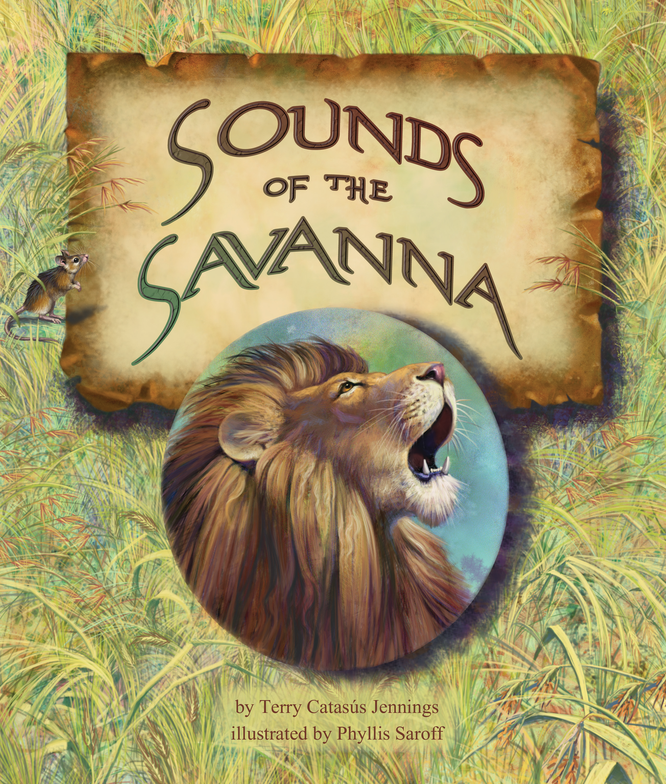Mourningcloaks, The First Butterflies of Spring
by Kool Cat KC on 04/15/13
Who says science writing is just, well, scientific? My human, Terry, found this paragraph in The Washington Post, it’s in a section called “Urban Jungle” by writer Patterson Clark.
“Flitting and sailing between bleak, bare branches, the mourning cloak drifts by in somber attire, its wings draped in dark, mahogany velvet. But hinting at brighter days to come, the edge of its robe is hemmed with a bold and undulating yellow-white border — the petticoat of spring.”
Do you get the picture? Science is not only cool, but it’s beautiful. Don't facts become more interesting when they paint a perfect picture? Maybe you should try painting perfect pictures in your writing. Terry liked what she learned from Mr. Clark, and she did more research on her own.
Mourningcloak butterflies (this spelling is the one that scientists use even though it looks wrong) are between two and four inches wide, and, like Mr. Clark said, they are a very dark purplish, brownish with a yellow border. They have turquoise dots along the border. Their underside is splotchy dark. It looks just like tree bark. When the butterflies close their wings, they blend right in with the tree where they are. They live all over North America from the far north, south to Mexico. They also live in Europe. In England, mourningcloaks are called Camberwell Beauty. They are the state butterfly of Montana. Look at the picture. Do you think the yellow part looks like a petticoat? If you don’t know what a petticoat is, check it out in your dictionary.
Male mourningcloaks are territorial. They perch on high branches or other places to wait for females. If something disturbs them, they return to their perch. Mourningcloaks mate in very early spring, when they stop hibernating. The female lays between 30 and 50 eggs around small branches of trees and bushes like willow, elms, and aspens. When the eggs hatch, they are small white caterpillars with two black spots on the back end that look like eyes. Scientists think these spots are on the back to fool predators. The caterpillars become ferocious-looking as they grow; they become dark, with red spots and black spines all over their body. They molt four times to get from the small white stage to the dark ferocious stage and then they weave a chrysalis. By the middle of June or July, the butterflies emerge. These butterflies can live as long as ten months. They become inactive during the warm months, eat a lot in the fall so they can live through the winter and mate in the spring. Some butterflies don’t follow this pattern, though. Some stay active through the summer and mate. They create a second brood of butterflies. In warm areas, there might even be three broods. And butterflies that live in the far north migrate south for the winter like monarch butterflies.
Mourningcloaks like to eat tree sap, especially the sap of oak trees.They eat the sap by walking down the tree upside down. They also like rotting fruit and they even like poop, ugh! They get nutrients and salts from other animals’ poop. A favorite place for them to be is in muddy puddles.
Next time you see a butterfly in the very early spring, before the leaves have sprouted on the trees, maybe even while snow is still on the ground, you can bet it’s a mourningcloak and you’d probably win the bet.
A fun thing for you to do might be to read my post on monarch butterflies and compare and contrast monarchs and mourningcloaks. Look at my post on gophers and read about an animal that saves its poop and eats it when there’s no other food. Write a story about how these two animals use poop in a different way. Have you ever seen a mourning cloak? How about its caterpillar? You could write a story about how it would feel to be the first butterfly of spring.
My human, Terry, found her information about mourningcloaks in The Washington Post,
Wildlife Notes (Conservation Section of New Mexico Game and Fish),
http://www.psu.edu/dept/nkbiology/naturetrail/speciespages/mourningcloak.htm and http://nathistoc.bio.uci.edu/lepidopt/nymph/mcloak.htm.
http://www.statesymbolsusa.org/Montana/butterfly_mourningcloak.html

